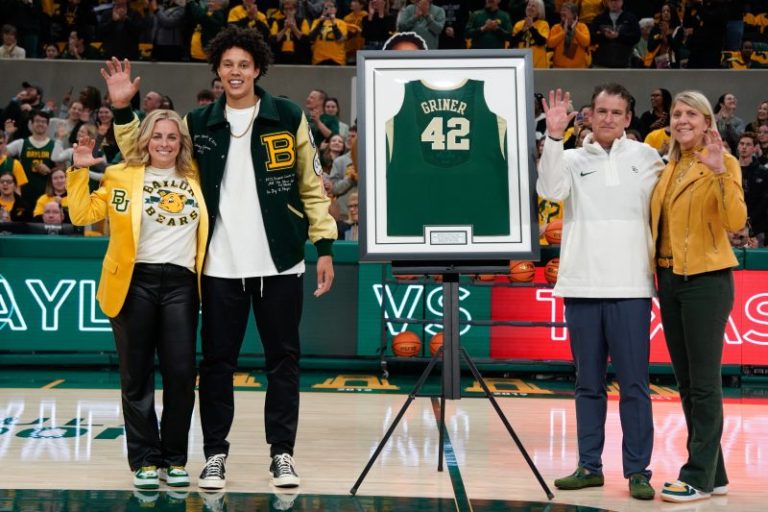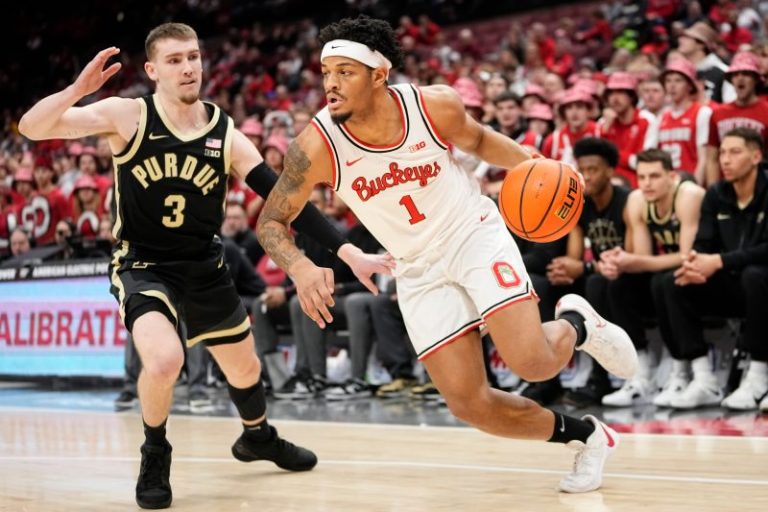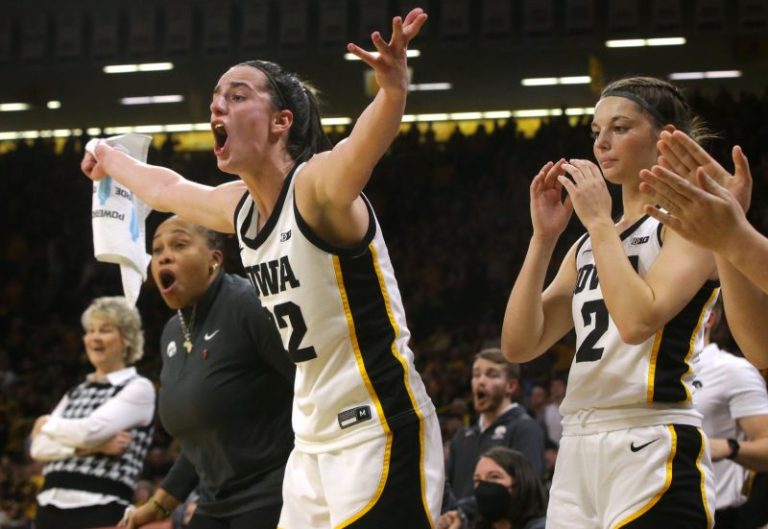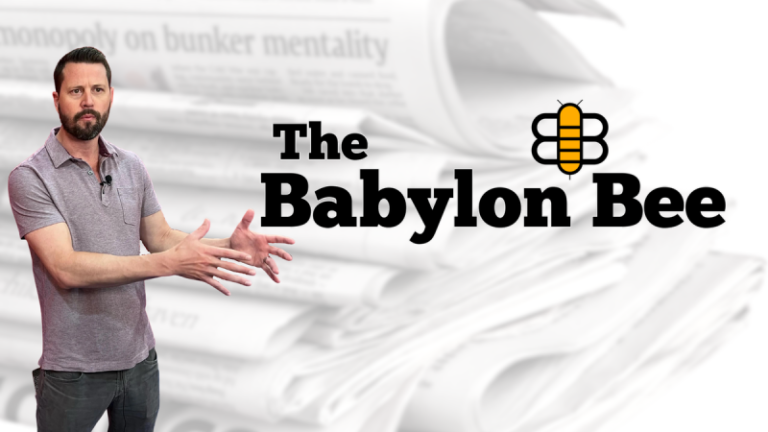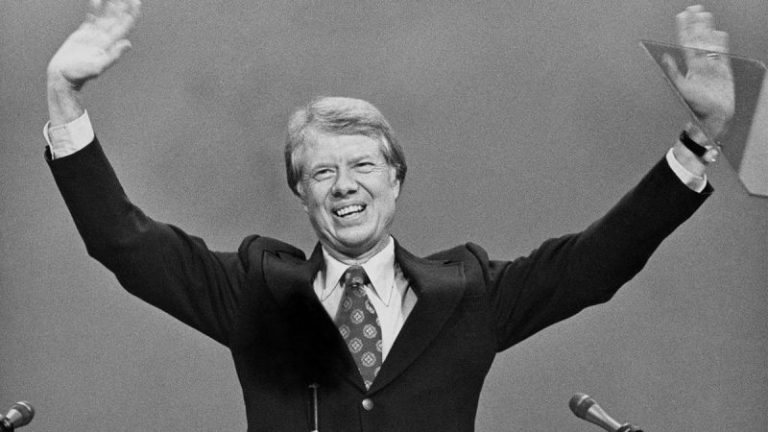SCOTTSDALE, Ariz. — There’s no swagger when you enter the Arizona Diamondbacks clubhouse, but there’s an abundance of confidence.
There’s no arrogance; there’s self-assurance.
The final team to earn a playoff berth last season came within three games of being the last team standing.
The Diamondbacks surprised the Milwaukee Brewers in the wild-card round. Swept the Los Angeles Dodgers in the division series. Shocked the Philadelphia Phillies in the National League championship series.
And made the Texas Rangers sweat in the World Series.
HOT STOVE UPDATES: MLB free agency: Ranking and tracking the top players available.
Now, here they are, back for an encore, expecting to be playing deep into October.
The same team that had the Dodgers spending $1.2 billion this winter to assure they’re not pushed aside again by the D-backs in the postseason, certainly is a better team than it was when we saw them last.
They signed starter Eduardo Rodriguez, who was already an Arizona hero for refusing to accept a trade to the Dodgers at last year’s trade deadline, to a four-year, $80 million contract. They acquired veteran third baseman Eugenio Suarez from Seattle. They signed Joc Pederson to be their left-handed hitting DH.
“We are a better team,’ D-backs ace Zac Gallen said. “But now, we’ve got to prove it. We feel in this clubhouse that we should make the postseason every year. That’s our goal. Now, we’ve got to go out and finish the job.”
The D-backs are reminding themselves that they were merely an 84-win team last season. If not for the Chicago Cubs’ collapse, they would have been sitting home. So, it’s not as if they’re waltzing into camp believing they can start printing playoff tickets.
“I’m very proud of what we accomplished last year,’ D-backs GM Mike Hazen said. “There were a a lot of incredible moments for us. And it’s over. We have a lot of things to improve upon. …
“We won 84 games last year. We were the last team last team into the playoffs. That’s not really a sustainable position to put the team in moving forward.’
Besides worrying about Shohei Ohtani, Yoshinobu Yamamoto and the rest of the Dodgers’ insanely talented team, they also have a new challenge:
Expectations.
“We’re going to talk about a standard rather than expectation,’ manager Torey Lovullo said. “I think that’s a good way to avoid that because expectations can become burdensome. You look at them, you set then up, and then you start to achieve something that may or may not be attainable. It might create a limitation.
“So I’m going to talk about a standard. We have raised the bar here considerably over the past two years.’
The D-backs now are expected to win, expected to be in the playoffs, and expected to have as much of a chance as anyone else to be playing in the World Series.
“We have to embrace it,’ Hazen said. “You want to be a good organization, you want to be a perennial playoff contender then the expectation is that you’re going to go out and be able to play a quality brand of baseball for 162 games.
“The reality is that if you want to be a good team, you have to deal with that. You have to be able to embrace it. If you don’t embrace it, you’re not going to be successful.’
Besides, expectations are a good thing. Would you rather deal with the expectations of being a contender or be on the Oakland A’s or a team just hoping not to lose 100 games?
“I’m sure a lot of people across the league thought what we did last year was a fluke,’ Gallen said. “We have the mindset that we need to prove it again. So in this clubhouse, guys embrace it, really.
“Obviously, with success you can become complacent, but that’s not the personality in this clubhouse. Guys this offseason were working out just as hard as if we didn’t make the playoffs.’
Said closer Paul Sewald: “The E-word is dangerous in spring training. You can’t block them out. You can’t pretend they’re not there. But we can’t worry about those things. I mean, last year at this time everyone had the Mets and the Padres facing each other in the NLCS.
“This team didn’t go into last year expecting to be three wins from the World Series. They just expected to surprise. … I’d be disappointed if we don’t win at least 86, 88 games, and on Oct. 1, we’re a playoff team.
“And as we showed last year, you get hot in October, and anything can happen.’
They also realize that if they didn’t get hot in September, they never would have had an October.
“Realistically, we can’t rely on having the season we had last year with 84 wins and making the playoffs,’’ said outfielder Corbin Carroll, the runaway NL Rookie of the Year winner. “We’ve got to do more in order to guarantee ourselves where we want to be at the end of the year.’
Besides, the D-backs will tell you, they also have an ulterior motive.
They want to make sure their manager stays fit next winter and actually shows up in shape next spring
Lovullo gained 10 pounds in the offseason after learning that fans have a tendency to take him a little too seriously.
Lovullo, after losing the World Series to the Rangers, said in the Game 5 postgame press conference: “I want to run away and hide for a few days. I want to go camping and just sit in the tent and suck my thumb and eat ice cream.’
There was no camping, or thumb-sucking, but yes, lots and lots of ice cream were delivered to Lovullo’s home.
“I don’t know how they got the flavors right,” Lovullo said. “But I’m chocolate-peanut butter and it just kept showing up, chocolate-peanut butter, and it was great.”
Fernando Tatis Jr. is rejuvenated
San Diego Padres right fielder Ferando Tatis Jr. believes that he can be one of the game’s greatest players once again this season now that his PED suspension and wrist and shoulder surgeries are behind him.
“I feel way better than I did last year,” Tatis said. “Talent plus work ethic, it feels like this is gonna be special. … I really had a really good offseason. My confidence is through the roof, and I just want them to sit down and see what I’m going to do this season.’’
The Padres, who were impressed with the way he handled his suspension, owning up to his mistake, also are convinced that he’ll again be that same player who was given a 14-year, $340 million contract extension in 2021.
Tatis won a Platinum Glove moving from shortstop to right field, but hit just .257 with a .770 OPS, much lower than his career .293 batting average and .965 OPS.
“The hardest thing to do in the entire sporting industry is hit a baseball,” Padres manager Mike Shildt said. “You take 17 months off of doing it, and then you come back, it’s not easy to just jump back into it as maybe people would expect or hope. So he got his at-bats, he got through it. There were some ups and downs, which is, regardless of the player, the game is hard.
“Now he’s got those experiences, got his offseason. Now it’s time for him to take that next step, getting back to the dominant player that he’s excited to be.”
And if Tatis returns to form, who knows, maybe the Padres will be playing in October.
“He’s been a Silver Slugger, All-Star and obviously what he can do defensively,” said A.J. Preller, Padres president of baseball operations. “I think that for us to contend and challenge and compete and go win a World Series, that’s probably Fernando being the best version of himself. And that’s being a five-tool guy that can dominate on both sides of the ball.’’
Around the basepaths
– The New York Yankees, who offered free-agent starter Blake Snell a five-year, $150 million contract before turning to Marcus Stroman last month, still have serious interest in him. They are waiting to see if his asking price drops on a long-term deal or if he agrees to take a short-term contract that could pay him in excess of $35 million a year.
– The city of Oakland wants a guarantee from MLB that they will get an expansion team if they permit the A’s to stay at the Coliseum until their move to Las Vegas in 2028.
There’s no chance of that happening, MLB officials say.
The A’s instead could play the 2025-2027 seasons in Sacramento, with hopes they can retain most of their TV money.
– The Baltimore Orioles, who had extensive talks with the Miami Marlins about starter Jesus Luzardo during the winter, could get back in touch with the news that Kyle Bradish will open the season on the IL and John Means is questionable for opening day.
– Boston Red Sox manager Alex Cora expressed what every baseball fan outside Los Angeles felt this winter in this painfully slow free-agent market.
Boredom.
“It was boring for the business, for the game, and there’s a lot of good players out there who should be somewhere getting ready for the season,” Cora told reporters in camp. “No news is not good for the business.
“As a baseball fan, I believe the best deadline was 2021 because we had the lockout, and the last two hours of that day were crazy. Texas made their money and they won a World Series because they got two big boys over there [Marcus Semien and Corey Seager]. They did their job.”
– The Toronto Blue Jays, Chicago Cubs, and Baltimore Orioles are the favorites to host the All-Star Game in 2027, 2028 and 2029.
– Touching gesture by the San Diego Padres to have the wife of late owner Peter Seidler and their children be part of the Padres’ opening spring-training meeting with staff and players.
– The Minnesota Twins could be scary this season if Byron Buxton can finally stay healthy and be their everyday center fielder. He was limited to 85 games as a DH and pinch hitter last season.
So far, so good.
“The pain’s gone, so I’m a lot more happy,’ Buxton told reporters. “The last couple of years were definitely painful, just waking up, feeling like a knife is in your knee every morning.’’
– The Dodgers have been thrilled with Shohei Ohtani’s engaging personality with his new teammates.
“People gravitate towards him,” Dodgers manager Dave Roberts says. “I think some superstars, you have that walking-on-eggshells (feeling). With Shohei, I know that’s what he would not want. He wants to be like everyone else and just help us win a championship. …
“The thing about Shohei I’m really excited about is, all he talks about is winning. Speaking for everyone in the clubhouse, when you get a player like that and his only goal is to win a championship, that resonates with everyone.”
– Talk about ultimate respect: Brewers veteran starter Wade Miley named his newborn son after his former manager with Arizona in 2011-2014, Kirk Gibson.
The name: Trace Gibson Miley.
“He was a huge impact on my career, definitely, and even my life,” Miley said. “How he carried himself and how he expected us to be. As hard-nosed as he came off as a player, which he was no doubt, the genuine care that he showed for us as players, especially when I was such a young player, it just stuck with me.’’
So what was Gibson’s reaction when Miley informed him?
“He made a joke about why I didn’t name the first one [son] after him,” said Miley.
– The Padres say they have about $20 million left to spend in free agency, keeping their payroll below $190 million, while trying to acquire outfielders and starting pitchers. The massive payroll reduction will allow them to avoid a luxury tax for the first time in four years.
– Commissioner Rob Manfred confirmed that no expansion team will be ready to play before he steps down in January, 2029, leaving 2030 as the most likely starting date.
– Several talent evaluators openly questioned the health of Seattle Mariners reliever Gregory Santos when he was acquired from the Chicago White several weeks ago. After all, he ended the season on the IL with elbow inflammation. Sure enough, he showed up at the Mariners’ complex feeling discomfort behind his shoulder and is questionable for opening day.
– Signs behind the 11 home plates at the Washington Nationals’ spring training facility:
“I don’t care how fast you throw ball four.”
– Congratulations to broadcaster Jenny Cavnar, who becomes the first female primary play-by-play announcer in MLB history after she was hired by the Oakland A’s.
– NL MVP Ronald Acuña Jr. says he’d love to get a contract extension and stay with Atlanta the rest of his career, but Atlanta will wait. They have him under contract for $17 million a year through 2026, and two option years at $17 million in 2027-2028. The total value of the contract will be worth $124 million over 10 years for one of the game’s greatest players.
– The Padres shelled out $280 million on an 11-year contract for shortstop Xander Bogaerts last winter believing that one day he would have to switch positions.
Who imagined it would happen after just one year? He is now the Padres’ second baseman.
“I think I’m really at peace,” Bogaerts said. “I think that deep down in my heart I was actually cool with it. I didn’t expect to be cool with it. But what more can I accomplish in this game? You know, the only reason I came here was to win a World Series. So if this is the way that we’re going to get one, so be it.”
– Jen Pawol will work her first major-league spring training game on Feb. 24 when the Astros play the Nats, moving her one step closer to being the first female umpire in the major leagues. She’ll be the first female umpire to work a big-league spring training game since 2007. Pawol, who has umpired in the minors since 2016, is expected to be on the in-season call-up list.
– The Philadelphia Phillies, who would like to sign starter Zack Wheeler to an extension before he hits free agency, have had trouble finding inexpensive pitching depth on the open market after unsuccessful bids for Jakob Junis, Jordan Hicks and Robert Stephenson.
– White Sox veteran Michael Soroka, trying to regain his 2019 All-Star form after suffering two Achilles tendon tears, said he feels like a rookie again, hoping to make the starting rotation.
“There’s a lot of guys in this clubhouse that are fighting for careers…” Soroka said. “That’s one thing [manager Pedro Grifol] made a point of letting us all know, that there’s a lot of opportunity on the table here. I’m one of the players that’s looking to take advantage.”
– A promise is a promise: New York Mets infielder Jeff McNeil was home in San Luis Obispo, Calif., when he received a call from an automobile dealership.
“The guy on the phone says, ‘Hey, your buddy bought you a car, we just need to know where to send it,’” McNeil told the New York Post.
Yep, two years ago when teammate Francisco Lindor promised he would buy McNeil a car if he won the NL batting title in 2022, which he did hitting .326, Lindor finally delivered: a Ford Bronco Sport.
– After speculation that Jordan Montgomery could return to the Texas Rangers, GM Chris Young shot that down.
“I don’t think there are any additions coming at this point,” Young said at the opening of the Rangers’ camp. “Our payroll is at an all-time high [$243 million]. Ownership has shown a great willingness to spend. But there are limits to where that goes.”
– The Cleveland Guardians, after consulting with city officials and NASA members, have decided to have their April 8 home opener start at 5:10 p.m, nearly two hours after a total solar eclipse hits the area.
– The Mets are paying close attention to Astros ace Justin Verlander’s delayed start to the season. His contract will automatically vest for $35 million in 2025 if he pitches 140 innings. And if it does, the Mets will have to pick up half of it at $17.5 million.
– New Cubs manager Craig Counsell dismisses the idea that his opening clubhouse speech is instantly going to turn the Cubs into a playoff team.
“There’s no speech that changes the world right now,” Counsell says. “That’s a big misconception, I think, about sports. They make movies about it, but it’s really about us connecting as a group.”
– Most impressive spring training first impression belongs to Padres pitcher Yuki Matsui, who signed a five-year, $28 million contract during the winter. He began his introductory press conference with an opening statement, speaking in perfect English.
“Hello everyone. My name is Yuki Matsui. Hola. ¿Qué onda todos? Me nombre es Yuki Matsui. You can call me Yuki, Mat, Mats, whatever. … To San Diego and all Padres fans, nice to meet you. Mucho gusto. I promise you that I will always give my best to bring you joy with my pitches. My family and I are so glad to be a part of this beautiful city. So we would be very happy if you give us a warm welcome. Thank you very much. Muchas gracias.”
Follow Nightengale on X: @Bnightengale
This post appeared first on USA TODAY





